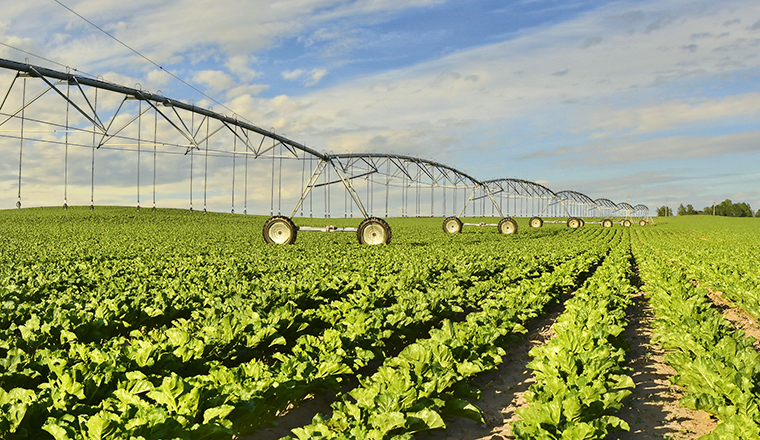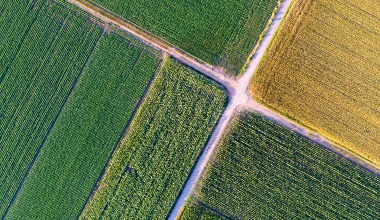- A large 2023 Northwest crop has brought uncontracted potato prices to below break-even levels.
- Some regions are having difficulties securing potato contracts from processors.
- Fewer expected planted acres in 2024.
Executive summary

Profitability
Even with lower production costs, potato growers will face headwinds from fewer potato contracts and lower contracted prices. The USDA forecasts lower fuel and fertilizer costs for the 2024 growing season. However, lower production may not motivate farmers to increase potato planting due to unfavorable open-market prices, high interest rates and significant capital needs. Open-market prices have declined significantly and contract growers have expressed concern about securing favorable contract prices. If 2024 brings another large crop, producers will likely remain at or below break-even levels.
Industry drivers
Potato surplus drives down open market prices
Due to a surplus crop in 2023, open market prices have plummeted by 72% to 82% since last year, with contract volumes also declining in various regions. After two years of poor weather stunting potato yields, the 2023 Northwest crop has rebounded to average production levels. Idaho had its second-largest potato crop in state history (following the record 2000 crop). Both Oregon and Washington saw about a 5% increase in production. This resulted in a surplus of potatoes that have had a bearish effect on open market prices. The Grower Returns Index (GRI) fell below break-even levels, with the Idaho Norkotah GRI at $4.28 per cwt on March 27, 2024. The GRI has not been below $5 per cwt since March 2021. In some regions, potato growers encounter challenges while trying to sell surplus potatoes to feedlots, which serve as feed for cattle. These feedlots have already reached their capacity for accepting potatoes.
Fewer potato acres contracted, limitations exist for alternative crops
Due to the current potato surplus, processors have delayed offering contracts for the next growing season. Instead, they are opting to wait until later in the year or could be reducing the number of acres they contract out altogether. This has left some potato growers with 10% to 15% acreage reductions. Producers must decide if they plant potatoes acres and wait for a contract or plant a different crop. Planting decisions for this season are complex. Alternative crops like wheat, barley, alfalfa and corn have also suffered from lower prices, making them less attractive options to plant. The break-even price for most Idaho potatoes is $10 to $11 per cwt. With current contract prices around $10 to $12 per cwt, achieving profitability could be difficult (but potatoes may still be one of the better planting options). The USDA Perspective Plantings report, forecasts that potato acres will remain stable in 2024. For some potato growers, late season holding is a likely strategy.
Spokane, WA | April 4, 2024
A complex landscape for Northwest agriculture
posted by AgWest Farm Credit
Spokane, WA | January 24, 2024
Challenging conditions for many ag industries in the Northwest
posted by AgWest Farm Credit
Spokane, WA | October 4, 2023
Outlook mixed for ag industries in the Northwest
posted by AgWest Farm Credit







